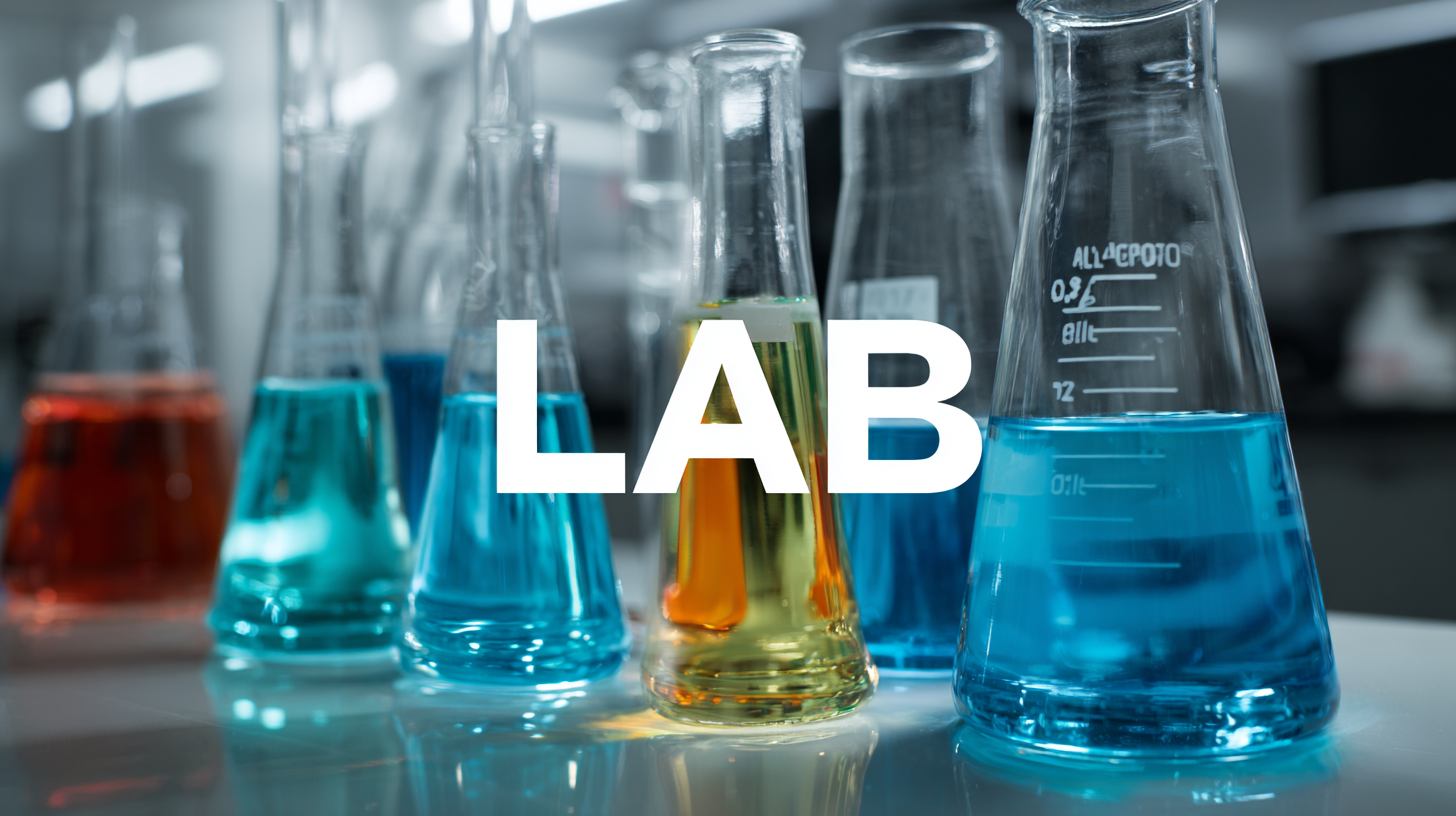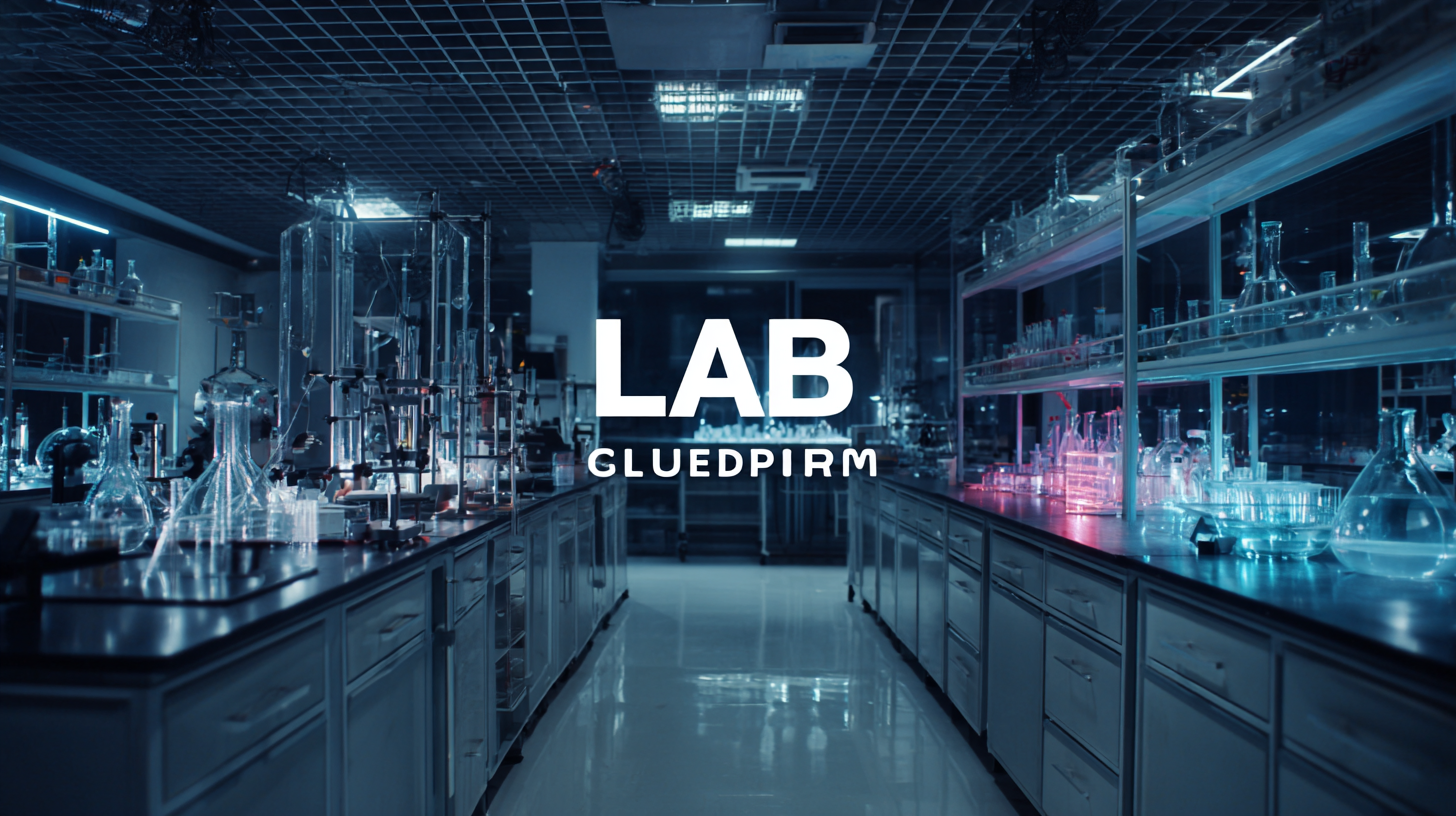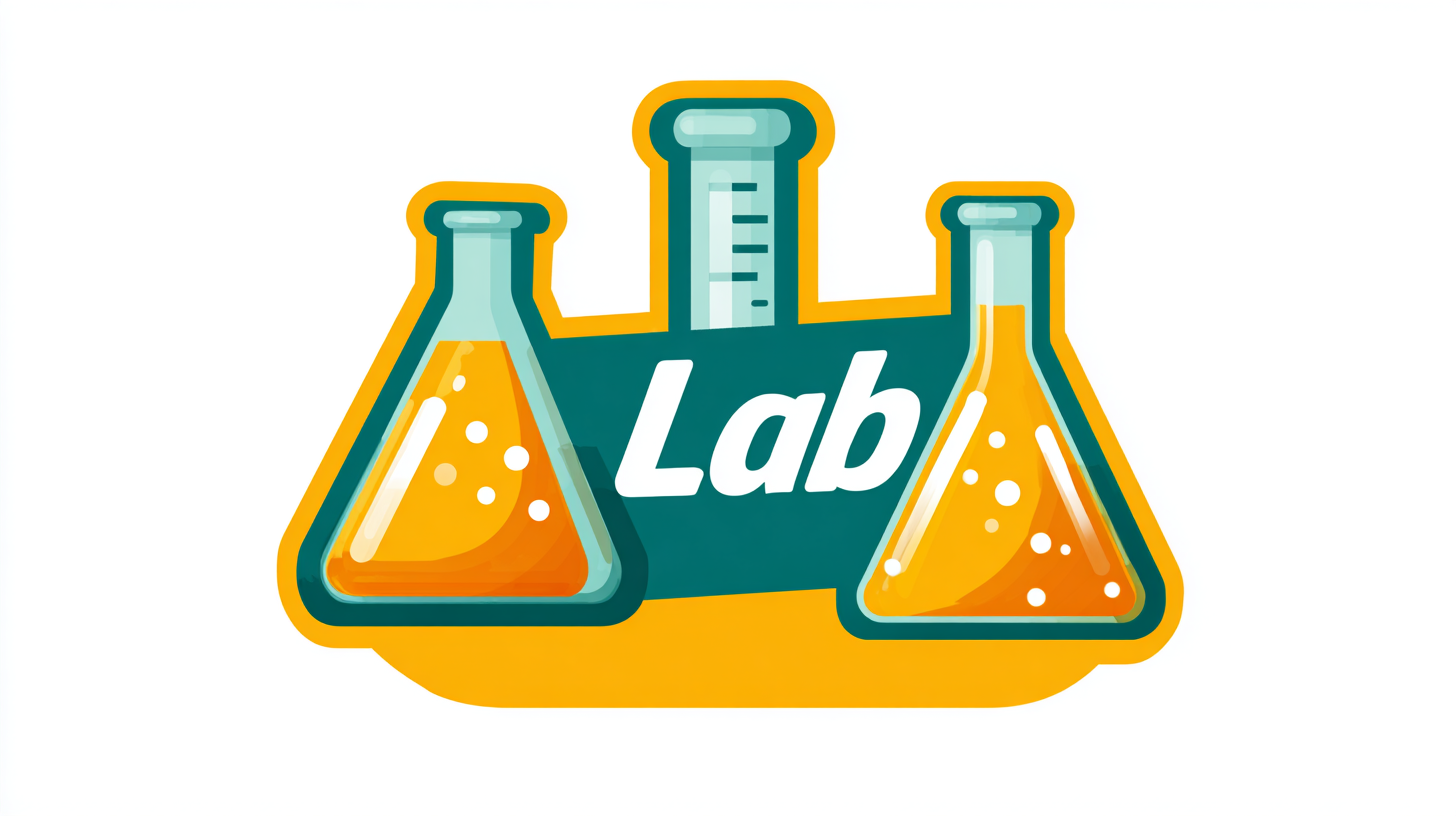

How to Choose the Best Lab Equipment for Your Research Needs
 Selecting the right lab equipment is crucial for conducting effective and reliable research, as it directly impacts experimental outcomes and data quality. According to a report by Research and Markets, the global lab equipment market is projected to reach USD 49.41 billion by 2025, highlighting the increasing demand and reliance on high-quality instruments in various scientific fields.
Selecting the right lab equipment is crucial for conducting effective and reliable research, as it directly impacts experimental outcomes and data quality. According to a report by Research and Markets, the global lab equipment market is projected to reach USD 49.41 billion by 2025, highlighting the increasing demand and reliance on high-quality instruments in various scientific fields.
However, researchers often face challenges when it comes to choosing the best lab equipment for their specific needs, especially in the face of diverse types and functionalities available in the market. Problems may arise from a lack of clarity about compatibility, precision, and efficiency.
By carefully assessing the required specifications and understanding the potential pitfalls, researchers can make informed decisions that enhance their productivity and ensure that their experimental designs are well-supported by the appropriate lab equipment.
Understanding Your Research Requirements for Lab Equipment
When it comes to selecting lab equipment, understanding your research requirements is paramount. Start by evaluating the specific needs of your experiments. Consider factors such as the types of samples you will be working with, the necessary precision and accuracy, and any regulatory standards you must adhere to. Tailoring your equipment selection to these demands will help ensure that your research yields reliable and valid results.
Tip: Create a checklist of essential features for each piece of equipment based on your research needs. This will guide you in comparing different options and avoiding impulsive purchases.
Additionally, consider the scalability and versatility of the equipment. Will it serve multiple projects or only a single task? Investing in versatile equipment can save costs in the long run and adapt to the evolving requirements of your research.
Tip: Consult with colleagues or industry experts to gain insight on the equipment they find beneficial. Their experiences could reveal features or brands that meet your specific needs effectively.
Key Factors to Consider When Selecting Lab Instruments
When selecting lab instruments for your research, it is essential to consider several key factors that can significantly impact your work. First and foremost, evaluate the specifications and accuracy of the equipment. Depending on your research needs, you may require instruments that offer high precision and reliability. For instance, if you are conducting quantitative analysis, instruments with advanced calibration features should be prioritized to ensure consistent and verifiable results.
In addition to accuracy, the compatibility of the lab equipment with your existing setup is crucial. Assess whether the new instruments can integrate seamlessly with your current systems and processes. This includes checking software compatibility, physical space requirements, and any potential need for additional training for your team. Lastly, don’t overlook the importance of vendor support and warranty options. Choosing manufacturers that provide robust customer service and maintenance plans can save time and resources, ensuring your research progresses smoothly without unexpected equipment failures.

Evaluating the Quality and Reliability of Lab Equipment
When evaluating the quality and reliability of lab equipment, it's crucial to consider several key factors that influence both performance and longevity. According to a recent report by the Laboratory Equipment Manufacturers Association (LEMA), 72% of lab managers cite equipment reliability as a top priority when selecting tools for their teams. High-quality materials, robust construction, and adherence to international standards such as ISO 9001 are essential indicators of reliability. Equipment that meets these standards not only reduces the chances of failure but also increases the accuracy of research results, which is critical in fields such as pharmaceuticals and biotechnology.

Furthermore, the ability to conduct regular maintenance and access to customer support are important elements to consider when assessing the reliability of lab equipment. A study by the American Laboratory Magazine highlights that facilities with a solid support framework experience a 30% reduction in downtime caused by equipment failure. Investing in reliable lab equipment, backed by dependable after-sales service, ensures continuous operational efficiency, thereby maximizing research productivity and contributing to more innovative breakthroughs in scientific fields.
Budgeting for Your Lab Equipment Needs: Best Practices
When budgeting for your lab equipment needs, it's essential to strike a balance between quality and cost. Start by assessing your research requirements comprehensively. Understanding the specific experiments or analyses you will be conducting will guide you in prioritizing essential equipment. Consider whether the equipment has multiple functionalities that could justify a higher initial investment.
Tip: Explore second-hand options and refurbished equipment from reputable suppliers. This can significantly reduce costs while still providing reliable instruments for your lab. Additionally, keep an eye out for grants and funding opportunities that could help alleviate financial burdens.
Another important practice is to create a detailed inventory of all the equipment you currently own, determining what needs replacement, and what can still be utilized effectively. This will allow you to avoid unnecessary expenditures and help in planning a phased purchasing approach to manage cash flow better.
Tip: Engage with vendors for demos and quotes, which not only gives you a clearer picture of what you need but also might unveil broader bulk purchase discounts that can save your budget in the long run.
Where to Purchase: Finding Trusted Suppliers and Vendors
When selecting the best lab equipment for your research needs, finding trusted suppliers and vendors is crucial to ensure the quality and reliability of your tools. According to a report by MarketsandMarkets, the global laboratory equipment market is projected to reach $39.6 billion by 2027, highlighting the immense growth and competition in this sector. As a researcher, leveraging this landscape involves not just choosing the right equipment, but also sourcing it from reputable suppliers who prioritize quality and service.
When evaluating potential suppliers, consider their reputation within the scientific community. Reviews and testimonials from fellow researchers can provide insights into the performance and reliability of their equipment. Additionally, industry reports suggest that suppliers who are ISO-certified are more likely to provide high-quality products, as these certifications ensure adherence to rigorous quality standards. Companies like Fisher Scientific and VWR are often recommended for their extensive ranges and commitment to customer service. By selecting suppliers recognized for their expertise and reliability, researchers can minimize risks associated with equipment failures and ensure that their research projects proceed smoothly.
Lab Equipment Purchase Preferences
This chart displays the preferred suppliers for various types of lab equipment based on survey data from researchers.





